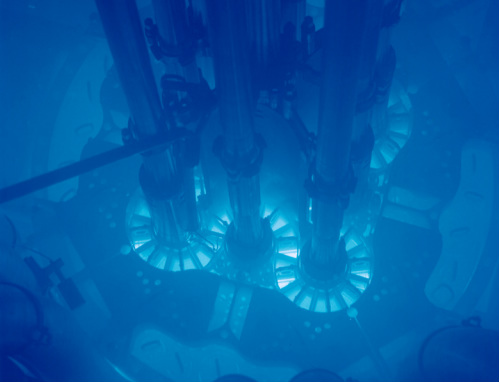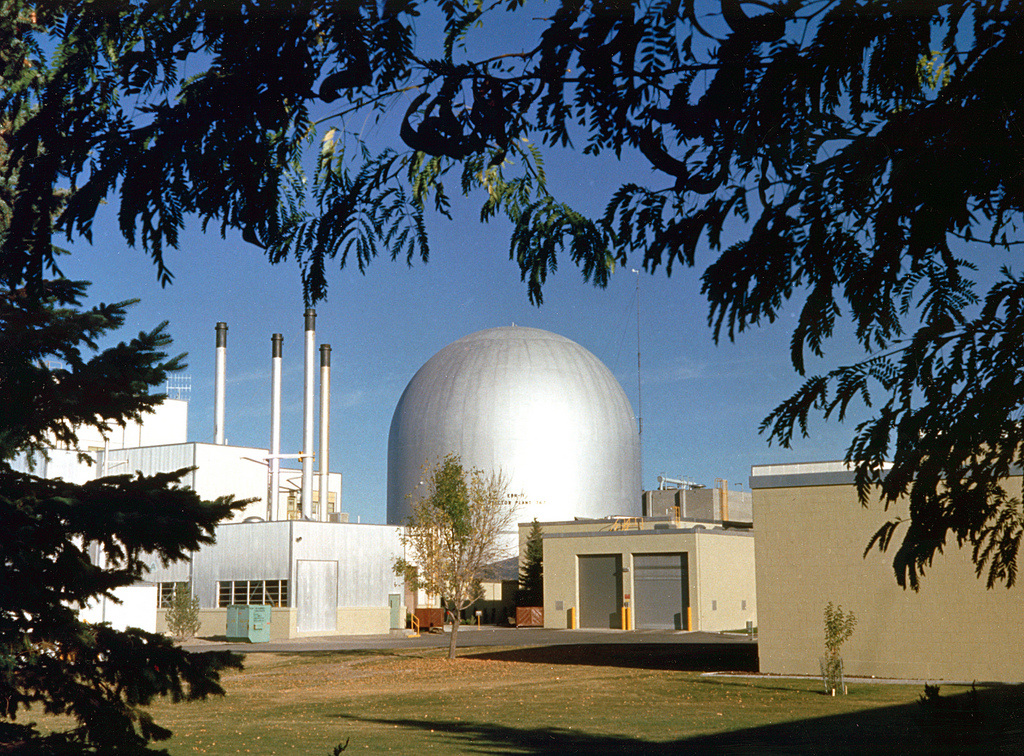"Is nuclear energy safe?" ...which one?
Thorium is four times as more common in the Earth's crust than uranium and can also be utilized more efficiently in a reactor. The safety issues in traditional pressurized water reactors stem from the fact that the solid uranium fuel must be cooled by water that is kept at a high pressure. Because of this, safety systems are needed to cover the core with water and cool it in case of an accident.
The LFTR utilizes fluoride salt as a nuclear fuel and therefore doesn't use water for cooling and doesn't have to operate at a high pressure. This means that the core will not 'meltdown' in the case of an accident.
Although the current commercial nuclear reactors in operation around the world are safe, there are more advanced nuclear technologies that are even more safe and efficient. We are currently operating only the second generation of nuclear reactors. Imagine if we were still using the second generation of other technologies, like the car or the cell phone? It's time to invest in and develop these advanced nuclear technologies to meet the world's growing energy needs in a clean and sustainable manner.



 RSS Feed
RSS Feed

